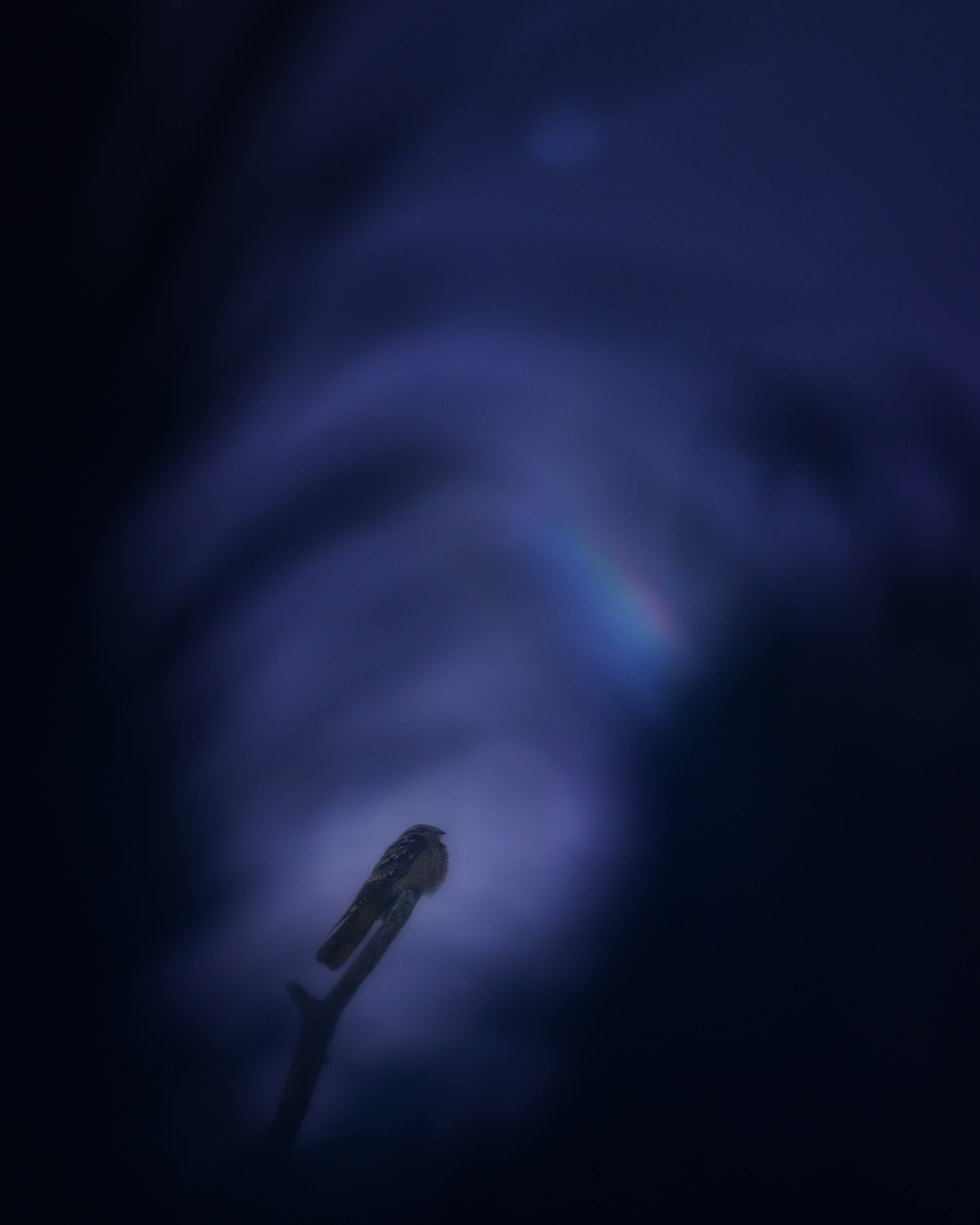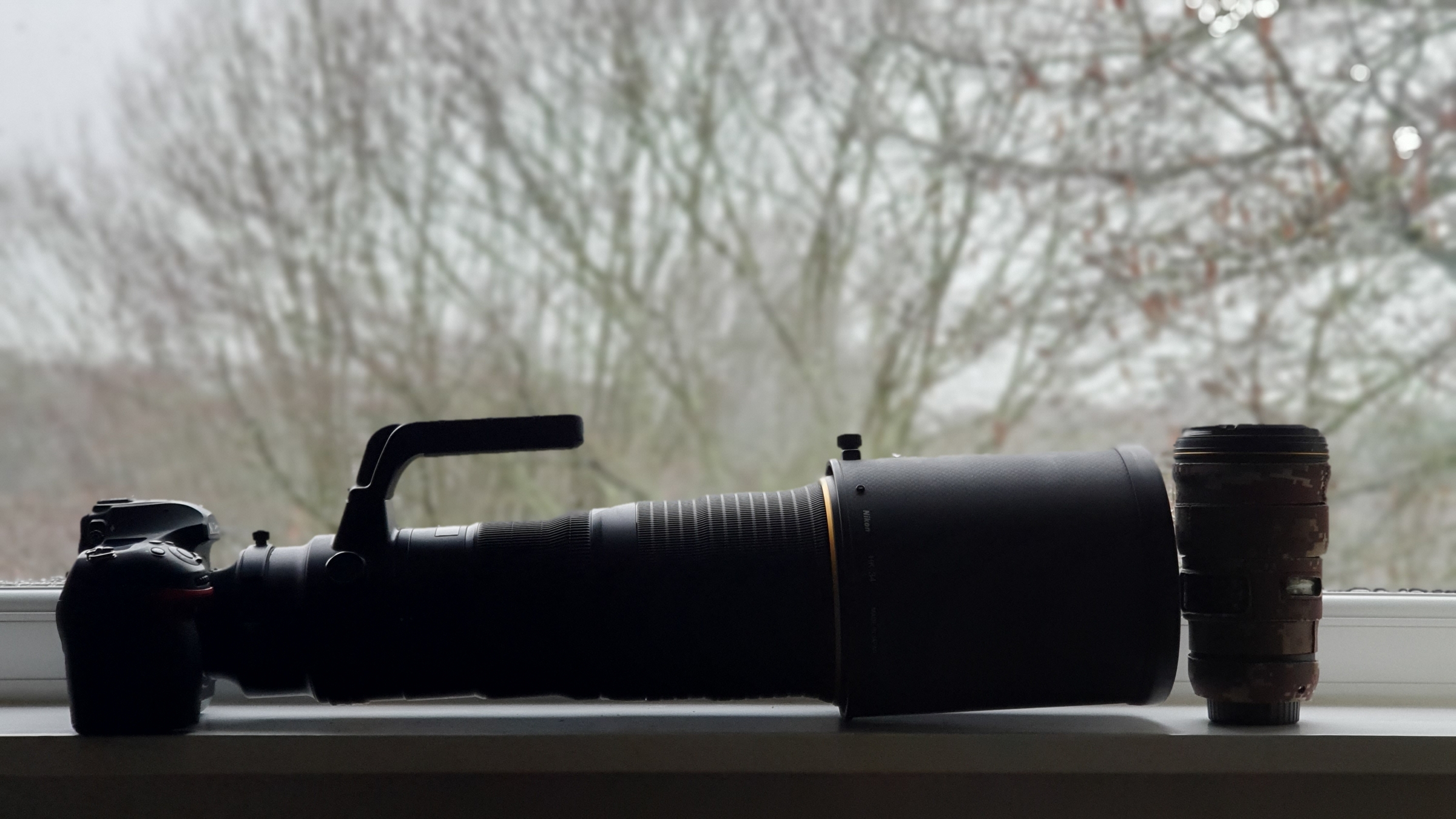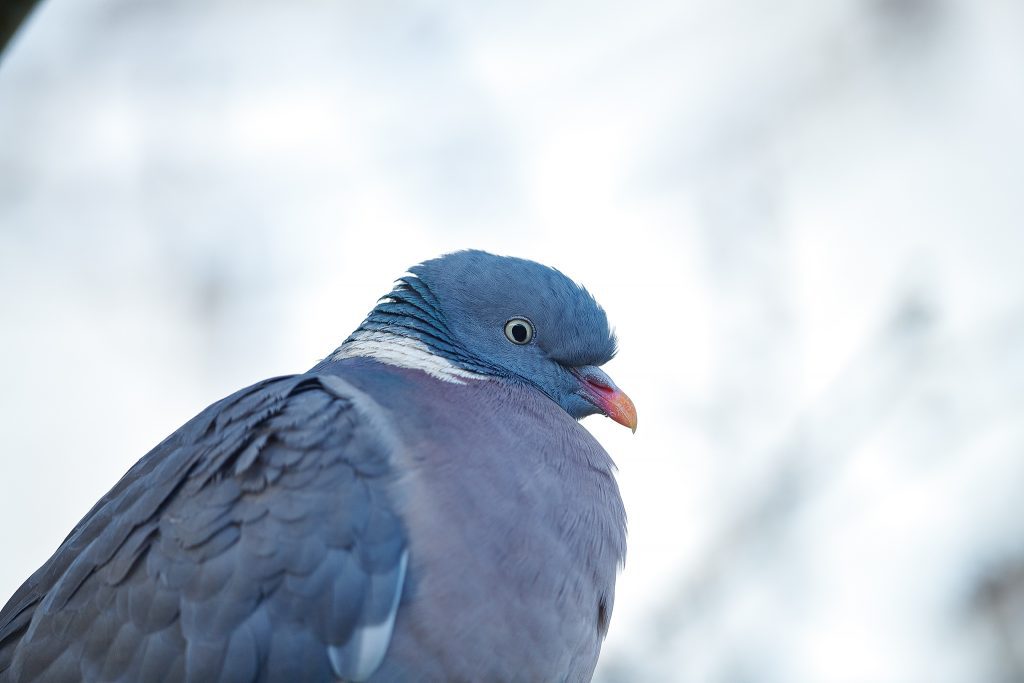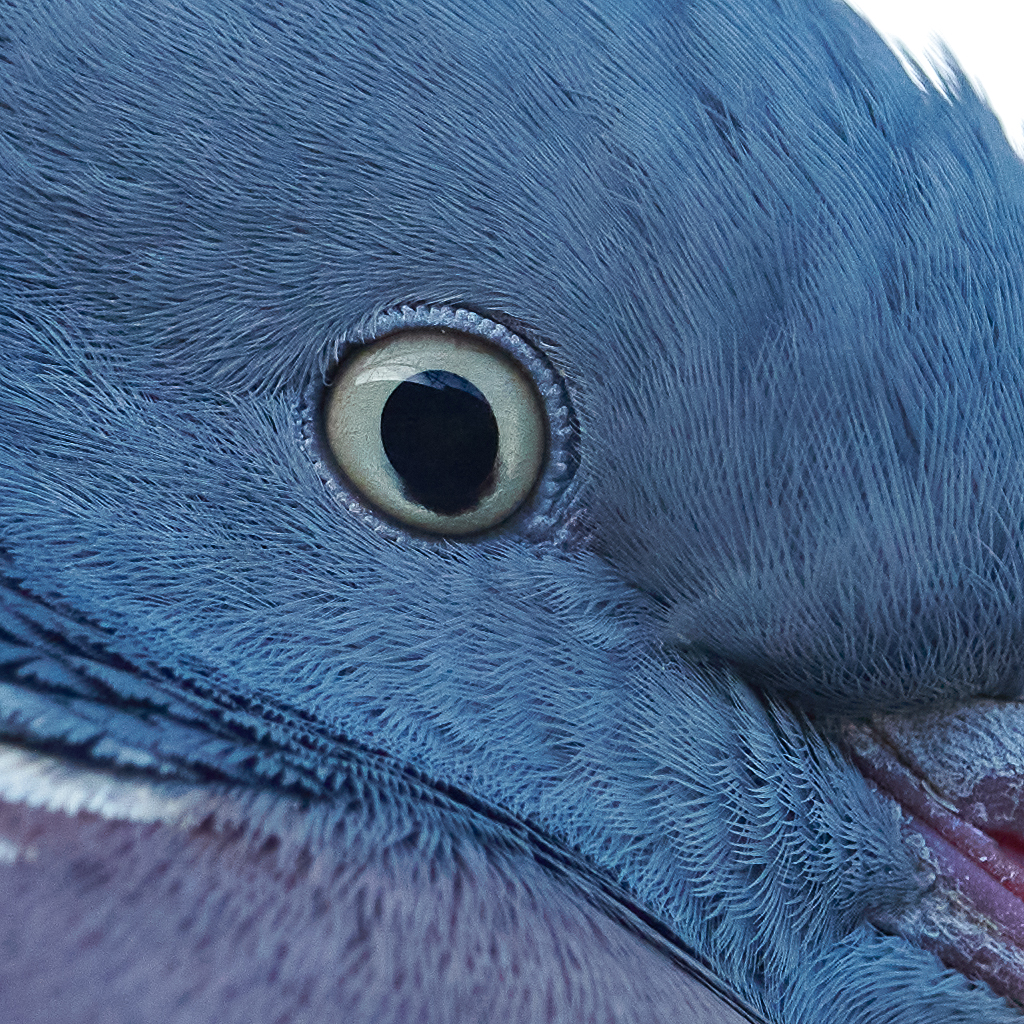The backstory…
As you may already know from my previous blogposts, my primary lens for bird photography is the Nikon 500mm f/5.6E PF. Or at least it used to be..
About a month ago, I was out photographing a rare European Nightjar with said lens when the tripod foot slipped off and sent my rig crashing onto the concrete. Initially, there seemed to be no more than a few cracks near the camera’s viewfinder housing; “What a relief!”, I thought. I couldn’t have been more wrong. After some testing, I came to the conclusion that my 500 PF was heavily decentered. None of the images would turn out sharp, although the autofocus mechanism seemed to be unaffected.
I panicked. I had an upcoming trip to the UK where the lens would’ve been very handy, and I now suddenly found myself left with no options. Sending the lens to Nikon for service was a non-option at the time – a round trip would’ve taken at least 3-4 weeks, and I would not have been available to collect the lens.

So, what did I do?
I purchased a used Nikon 500mm f/4E FL. I’ve had it for around 2 weeks at the time of writing, and it’s been an interesting experience so far. Considering that comparisons between the 500 PF and 500 FL seem to be quite rare on the internet, I figured that documenting my observations might be useful for anyone who’s struggling with the same purchase decision. While this post is solely about my initial impressions of the big prime, I’ll certainly be fleshing out the analysis in a future post.
My rationale for choosing the 500mm FL.
Before we start talking about the lens itself, I’ll have to explain my reasoning for choosing the 500mm FL in the first place. In the realm of big telephoto primes, the obvious options are the big 3 – the 400mm f/2.8, 500mm f/4, and 600mm f/4. For my purposes, the 600mm is a bit too heavy and unwieldy, and as great as the 400mm is for it’s low-light capabilities, it is, again, too bulky for hand-holding. This left the 500 FL as the only realistic and practical option out of the trinity due to it’s relatively lighter and balanced design. Compared to my 500 PF, I was also expecting much better autofocus performance, particularly during the blue hour.
First Impressions

Wow. I was expecting the 500 FL to be a massive piece of glass, but I could never really comprehend how large the big primes were until I managed to get my hands on one. Once the initial excitement wore off, though, I started to discover some of the more practical challenges of handling such a bulky lens.
The kind of photography I like to do involves crawling in mud, and contorting my body into weird positions in order to work foregrounds and backgrounds. To that end, the 500 PF was an enabler since it occupied a very specific niche of being a lightweight super-telephoto that allowed me to quickly change positions and compositions. I suspect that handholding the 500 FL would demand a more measured, cautious approach with an emphasis on stability. With that being said, the balance of the 500 FL is excellent when paired with a Nikon D850 body, and the combination certainly doesn’t feel like it weighs close to 5 kgs (11 lbs).
General Thoughts
Due to the lockdown restrictions imposed as a result of the Covid-19 pandemic, I was unable to really put the lens through its paces over the 2-week period. I did manage to do some very casual autofocus and sharpness testing out of the window of my bedroom (really convincing, I know), and here are my thoughts:
- The 500 FL’s seems to be even sharper than the 500 PF. This surprised me since the latter is already an extremely sharp lens capable of extracting a ton of feather detail. The FL has a unique quality to it (call it micro-contrast or whatever) that is just different compared to the PF. Hopefully I’ll have a few test shots to upload over the next few weeks, but the new lens looks to be a winner in this category.
- The 500 FL’s autofocus is spectacular. Subjects snap into focus almost instantaneously, especially in good lighting. Again, the big prime seems to fare ever so slightly better than the PF in this category. When the light’s low and contrast starts to decrease, though, the FL is in a class of its own. The large aperture definitely helps the lens retain most its autofocus performance in challenging lighting conditions such as cloudy days or during the blue hour.
- The 500 FL is quite difficult to handhold. While the Vibration Reduction system does help in stabilizing the viewfinder, the fact that I was unable to effectively hold the lens up to my eye for extended periods of time meant that autofocus and sharpness suffered as a result. This is an area I expect to improve over time as I get accustomed to the size and weight of the optics.
- While I was unable to draw conclusions on the lens’s performance with a 1.4x teleconverter, I did find that attaching one does affect the balance of the rig negatively (also applies to the lens hood, surprisingly). Autofocus speed is quite fast (not as quick as the bare lens) and should be more than adequate for fast subjects such as shorebirds in flight.
Update (31-Dec-2019)
I finally managed to photograph a Common Wood Pigeon with the 500 FL and the detail is outstanding. The feather detail is incredible and while the image is nothing to write home about, it does lay to rest my residual concerns about the lens’s sharpness and the need for AF fine-tuning.


In conclusion…
I love the 500 FL.
I wasn’t expecting to. I almost didn’t want to.
The 500 PF was my dream lens. Its size and weight made bird photography enjoyable, and enabled me to focus on composing my shots and finding new perspectives. I had found a lens that could do pretty much everything I could reasonably ask of it. The unobtrusive nature of the lens also meant that I could just grab it and take it anywhere I went without a moment’s hesitation.
On the other hand, the 500 FL is an entirely different beast. It isn’t very mobile, it’s very conspicuous, and it’s heavy. From a practicality standpoint, it just doesn’t make a whole lot of sense. After all, if you can’t use a lens as much as you want to, you’re going to miss a lot of shots over time that you could’ve potentially captured if you had a smaller, lighter lens.
On the flipside, though, the big prime does have its place and, for my purposes, it could be a gamechanger. Over the past few months, I’ve been working on photographing birds in low light, particularly during the blue/pink hour and, sometimes, even after dark. The 500 PF just wasn’t fast enough (in terms of both aperture as well as autofocus performance) under those lighting conditions, so the 500 FL is a good fit. It isn’t perfect, but nothing in photography is. When it comes to camera gear, everything’s a compromise. It’s about working around the limitations of what you have to get the results that you’re after.
With that said, I’ll be back with more conclusive results (and sample images) in a future post. Please feel free to leave a comment or send me a DM on instagram (@aditya.sridhar) if you’ve questions about anything photography. I’d be happy to help!


Excellent. Comparison of the two lenses was really interesting. Keep writing
Very nicely written, would love to see photos you have taken
I have had the 500FL for about 4.5 years now and it’s by far my favorite lens, I’ve ever owned or used. As newspaper photographer or photojournalist I’ve had access to just about every Nikon and Canon lens and camera over the years for work. We call it pool gear in the industry. Long story short, I’ve owned the 400mm f/2.8G and 400mm f/2.8E FL, the 800mm f/5.6E FL and many others. Anyways all of them were incredible lenses and always will be. However they were all large and heavy, and despite loving the 400mm f/2.8’s…I decided to risk it and sell my 400FL and 200-400mm f/4 VRII to get the Nikon 500mm f/4E FL. I had also never seen or used the 500FL, but unlike you, I was instantly shocked by how lightweight it was compared to my previous super-tele’s!
You’re 100% correct the 500FL is extremely sharp and has excellent micro-contrast and overall contrast. It’s sharpness is off the charts even wide open, you only need to stop down for depth of field needs. It does take the TC-14E II and III extremely well. I especially like the version III myself. I’ve owned and used the 1.7x TC and 2x TC’s and wouldn’t recommend either. You’re better off using a crop sensor or cropping in post along with the TC-14E III. I personally use both the D6 and D500 along with the TC-14E III if need more reach. So you’re looking at 700mm f/5.6 and retain fast autofocus and excellent sharpness with the 1.4x TC’s! With the DX bodies or DX crop mode, obviously it’s 750mm equivalent focal length or field of view and 1050mm with both the 1.4x TC and DX crop!
I highly, highly recommend this lens to anyone who shoots sports, wildlife it’s worth every penny. Plus they’re more affordable than ever used right now, even in excellent or mint condition. I’ve seen them for as low as $4800 USD used. For a mint copy, maybe $5,500 at most! It’s a much better build quality, quality control, better glass elements and better AF even when compared to say the new 800mm PF or other Z-mount primes, made in China. This lens like all professional grade super-tele Nikon’s are made in Japan by lifelong expert technicians/engineers! I’ve had a long relationship with Nikon and NPS from working for large newspapers and news/sports wire services.
I’ve always used Nikon flagship bodies and pro-grade, made in Japan lenses for 27 years and I’ve only ever once needed a repair. Funny thing is that was a repair from an accidental drop and was covered by my insurance. So you can absolutely trust buying a used copy and I doubt you’d even be able to find a new copy. Nikon stopped making the FL super-tele primes and zooms about two years ago. So finding a new copy would be near impossible right now in 2024! For $4800-$5500 this is an incredible lens for the money! It’s lighter weight even when compared to the new Z-mount 600mm f/4 S and not far off from the new 400mm f/2.8 S, but unfortunately no built in TC here. I stilll borrow a 300mm f/2.8 VRII once in awhile from work, but I almost use the 500FL for my long shots!
Otherwise I use the 70-200mm f/2.8E FL with 1.4x TC and or with 1.5x crop. I may someday add the 120-300mm f/2.8E FL or 180-400mm FL if I get a good price on a nice used copy. Anyways if you’re reading this and considering the 500pf, only get the latter if health or the weight is an issue for you. Im still relatively young and Im above average strength wise, so I handhold this 500FL almost exclusively! I only put it on my monopod or tripod if I’m injured and or sitting/standing in one spot for hours! If you’re strong and can hold 10lbs or so, you’ll be good and honestly this lens is so well balanced it feels like 7-8lbs!